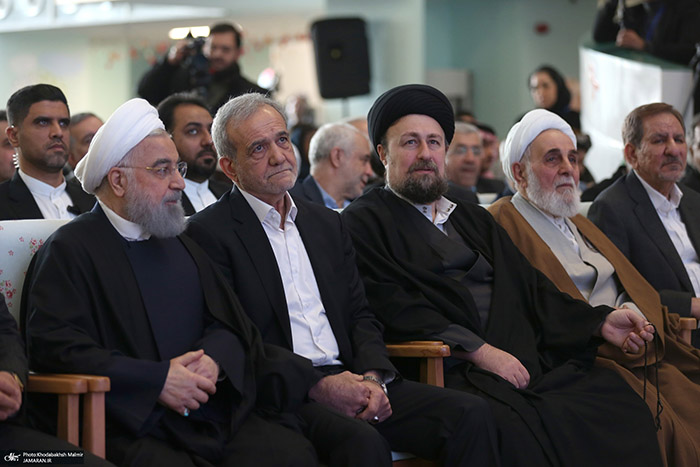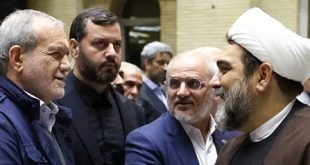Rafsanjani’s Rise to Power
Rafsanjani held numerous influential positions during the formative years of the Islamic Republic. As the speaker of the Majlis (Parliament) from 1980 to 1989, he played a pivotal role in shaping legislation and consolidating the revolutionary government. His tenure coincided with the Iran-Iraq War (1980–1988), during which he also served as the de facto Commander-in-Chief of Iran’s armed forces.
His pragmatic leadership during the war was critical in managing Iran’s military and economic challenges. Rafsanjani advocated for ending the conflict when it became clear that a decisive victory was unattainable, persuading Ayatollah Khomeini to accept a ceasefire in 1988. This decision, though unpopular among hardliners, was seen as a necessary step to stabilize the nation.
In 1989, following the death of Ayatollah Khomeini, Rafsanjani played a decisive role in selecting Ali Khamenei as Khomeini’s successor as Supreme Leader. This move underscored Rafsanjani’s reputation as a “kingmaker,” capable of shaping Iran’s leadership and ensuring continuity within the regime.
The Presidency: Economic Reforms and Challenges
Rafsanjani’s presidency (1989–1997) marked a significant shift in Iran’s domestic and foreign policy. Elected with broad support, he inherited a nation ravaged by war and facing severe economic challenges. His administration prioritized reconstruction, economic liberalization, and infrastructural development. Known for his technocratic approach, Rafsanjani sought to modernize Iran’s economy by:
- Privatization of State-Owned Industries: Rafsanjani championed a free-market economy, encouraging private-sector growth and reducing the state’s dominance over industries. This policy marked a departure from the revolutionary emphasis on state control and appealed to Iran’s burgeoning entrepreneurial class.

